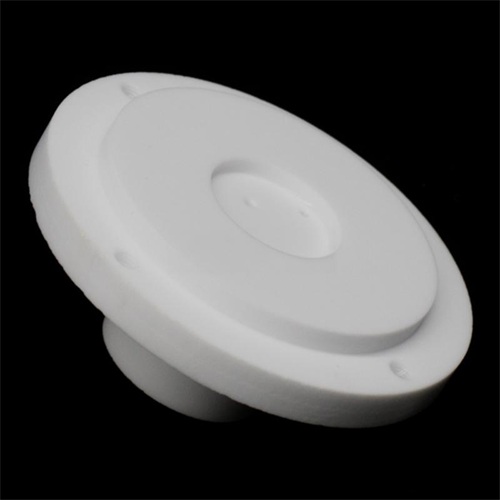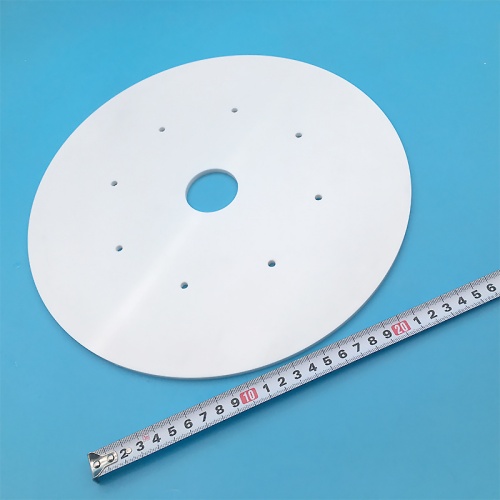High-frequency ceramic insulation is a kind of high-performance electronic ceramic material, which is widely used in high-frequency circuits and electronic equipment.
High-frequency ceramic insulators, also known as device ceramics, are mainly used to install, fix and protect components in electronic equipment. As insulating supports for current-carrying conductors and various integrated circuit substrates, they have a variety of excellent properties and are indispensable and important materials in the modern electronics industry.
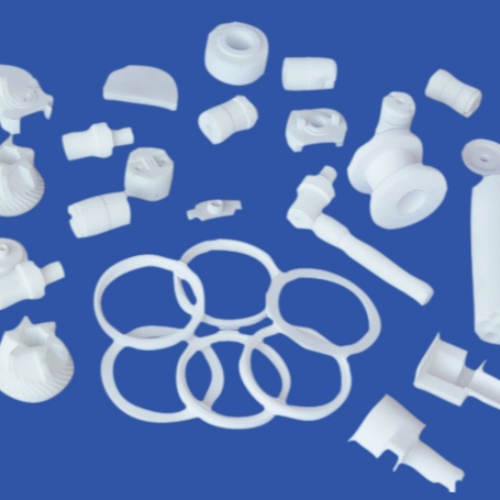
Main features
Low dielectric constant: The dielectric constant of high-frequency ceramic insulation is usually small, generally below 9, which helps to reduce the line distribution capacitance, reduce the signal transmission delay, and improve the signal transmission speed, thus ensuring the high-frequency performance of electronic equipment.
Low dielectric loss: Its dielectric loss factor is generally in the range of 2 × 10 ^ 3 to 9 × 10 ^ 3, which makes it possible to generate less heat during high-frequency operation, which can effectively improve the energy efficiency and stability of the equipment and reduce energy loss.
High insulation resistance: It has a high insulation resistance, usually greater than 10 ² Ω · cm (20 ° C), capable of withstanding high voltages without being broken down, providing reliable insulation protection for electronic equipment and preventing current leakage and short circuits.
Mechanical strength is high: the flexural strength is generally between 45 and 300 MPa, and the tensile strength is between 400 and 2000 MPa. It can withstand large external forces and is not easily damaged, protecting the internal components of electronic devices from damage when subjected to mechanical stress.
High thermal conductivity: Some high-frequency ceramic insulators have high thermal conductivity, which can quickly dissipate the heat generated by electronic devices, maintain good heat dissipation performance, and prevent equipment from being degraded or damaged due to overheating.
Good thermal stability: It can maintain its stability over a wide temperature range, generally capable of withstanding high temperatures above 1000 ° C, and has good thermal shock resistance. It can also be used normally in the case of sharp temperature changes.
High chemical stability: It has good corrosion resistance to oil, water, solvents, etc., and can be used in abnormal chemical environments for a long time. It is resistant to acid, alkali, and salt corrosion.
High temperature resistance: capable of withstanding extremely high temperatures without any deformation or damage, it is widely used in the substrates, support bases, and other parts of high-frequency electronic components.
Electromagnetic shielding performance: It has high electromagnetic shielding performance, which can effectively reduce the internal interference of electronic equipment and improve the working performance of electronic equipment.
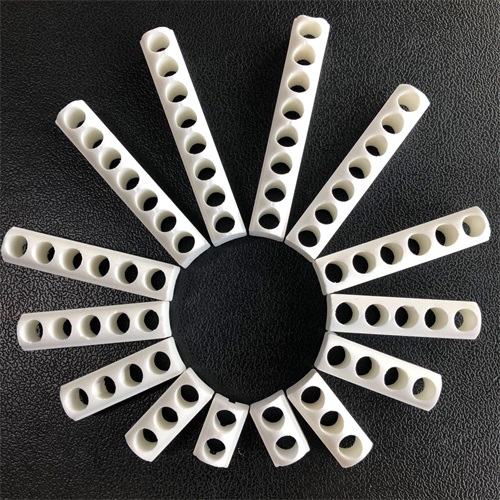
Common types
High alumina porcelain: with α-alumina as the main crystal phase, containing more than 75% alumina, it has excellent electromechanical properties and is widely used in insulating parts of ultra-high frequency and high-power electric vacuum devices.
Talc porcelain: natural mineral talc as the main raw material, excellent dielectric properties, low price, but relatively low thermal stability and strength.
Beryllium oxide is used as a raw material with high thermal conductivity, but the production and application are limited due to the highly toxic beryllium oxide powder.
Boron nitride porcelain: hexagonal boron nitride as the main crystal phase, thermal conductivity at high temperature than beryllium oxide porcelain, with good electrical properties.
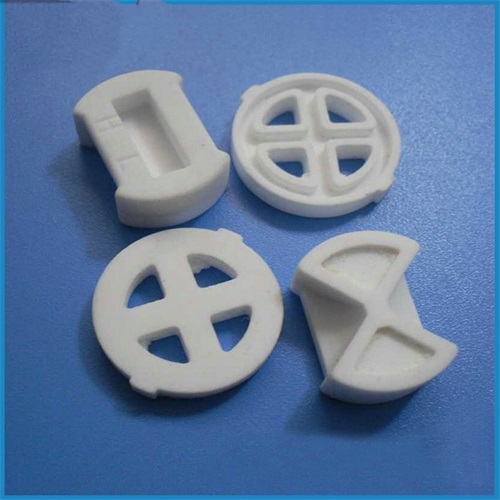
High-frequency ceramic insulators are widely used in electronics, electrical appliances, aerospace, aviation and other fields due to their excellent electrical, mechanical and thermal properties. They are important basic materials for modern high-tech industries.
CATEGORIES
LATEST NEWS
- What are the advantages of ...
- The manufacturing method of...
- Application scope of zircon...
- What are the difficulties i...
- What are the advantages of ...
- Application of Zirconia Cer...
- What are the applications o...
- What are the process method...
- What are the applications o...
- Where is the wide applicati...

